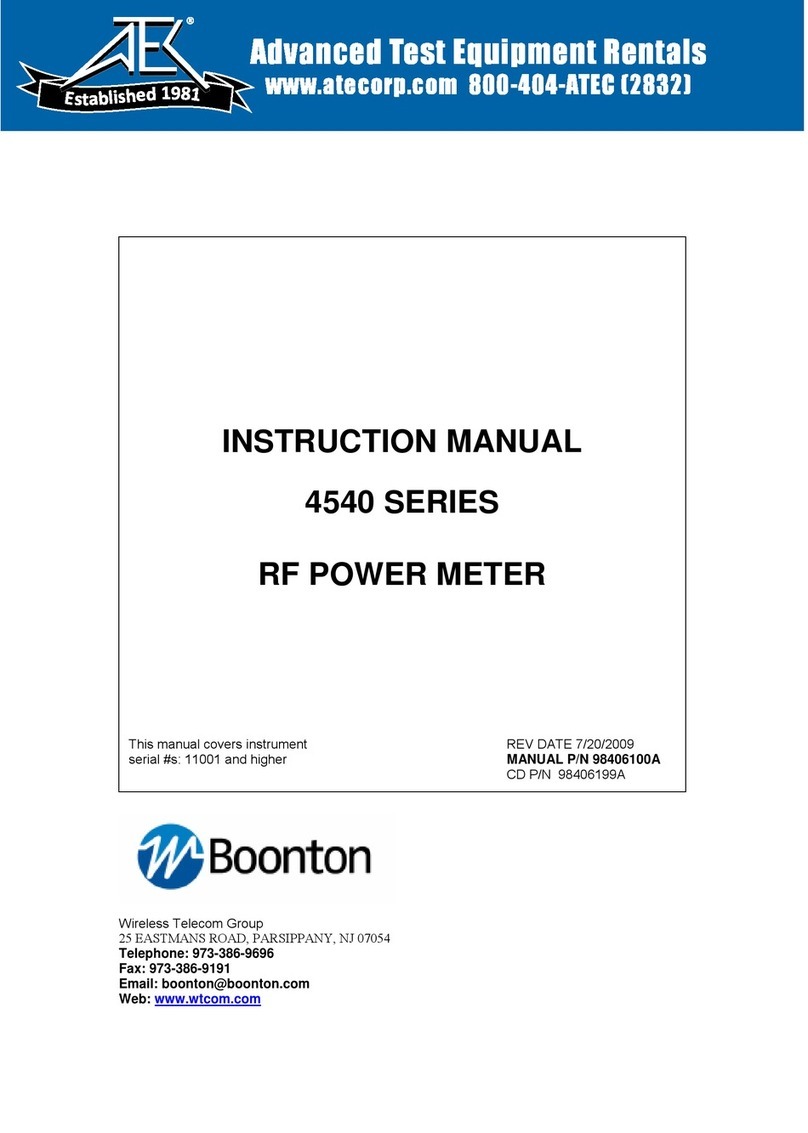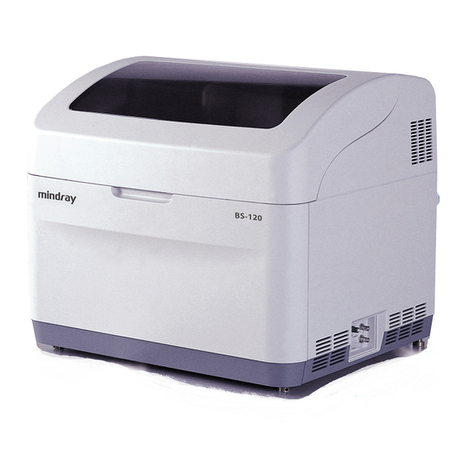Boonton 92E User manual




















Table of contents
Other Boonton Measuring Instrument manuals
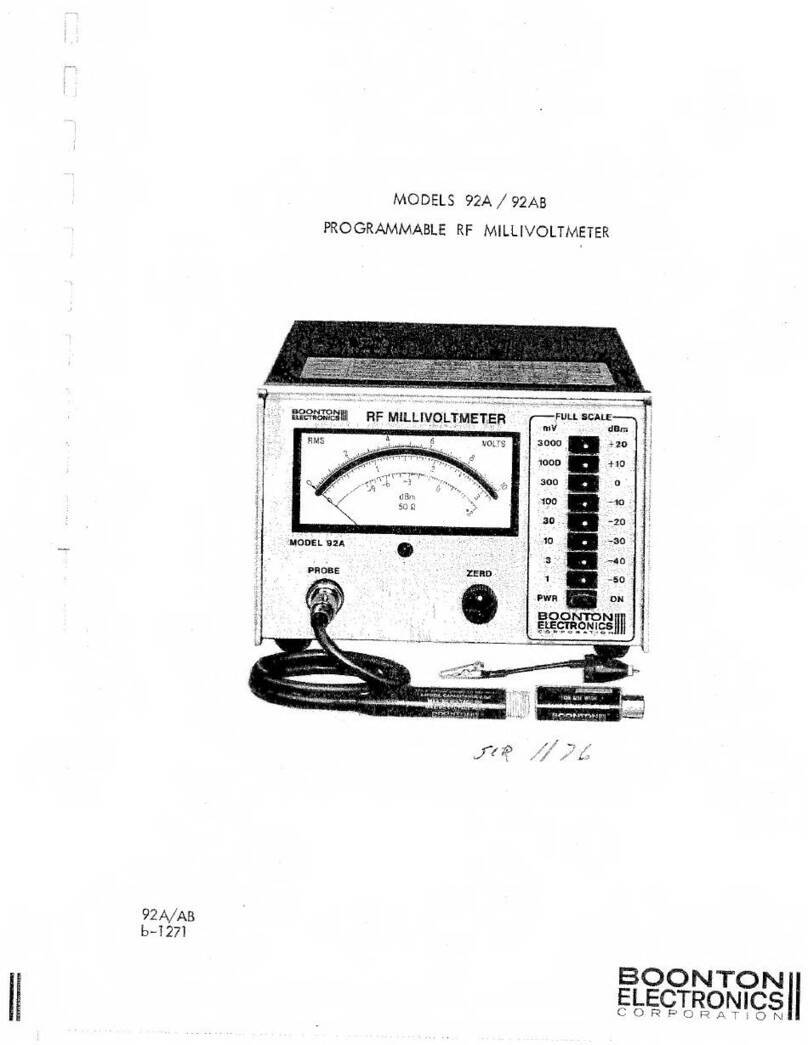
Boonton
Boonton 92A User manual
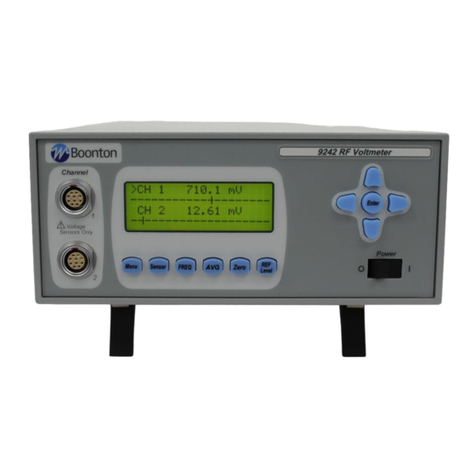
Boonton
Boonton 9240 Series User manual

Boonton
Boonton 8201A User manual
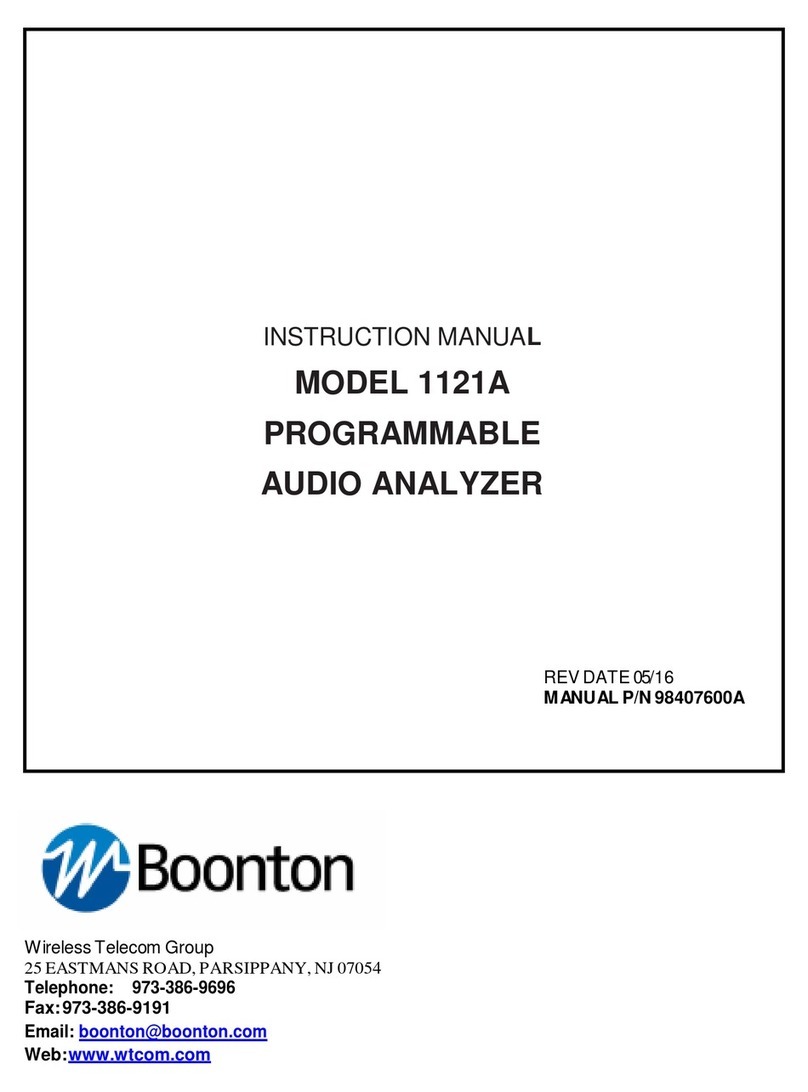
Boonton
Boonton 1121A User manual

Boonton
Boonton 4210 User manual
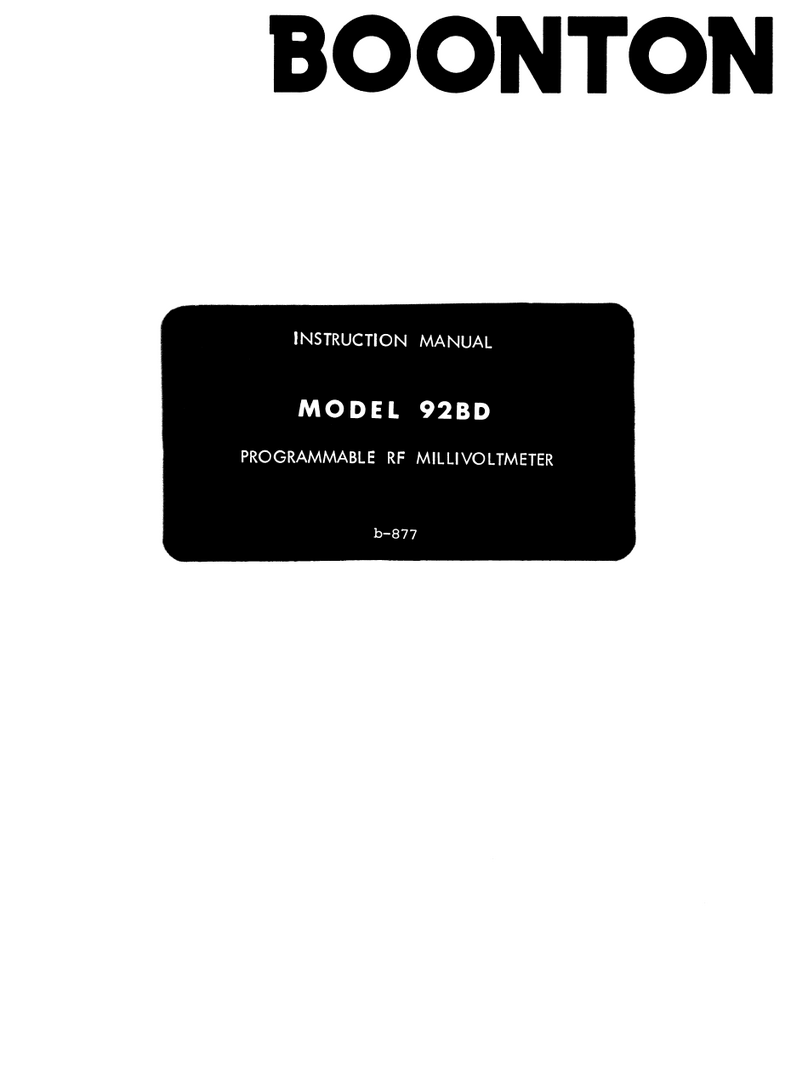
Boonton
Boonton 92BD User manual

Boonton
Boonton PMX40 User manual

Boonton
Boonton 4500A Installation and operating instructions

Boonton
Boonton 92EA User manual
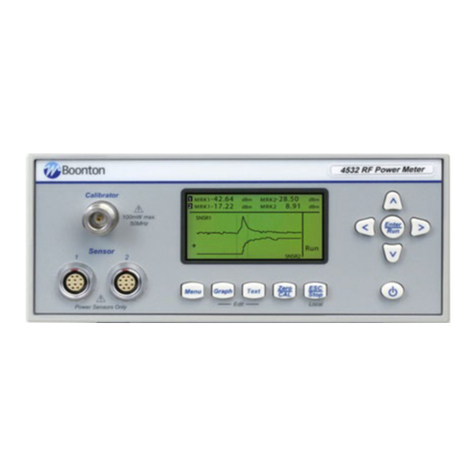
Boonton
Boonton 4530 Series Use and care manual
Popular Measuring Instrument manuals by other brands
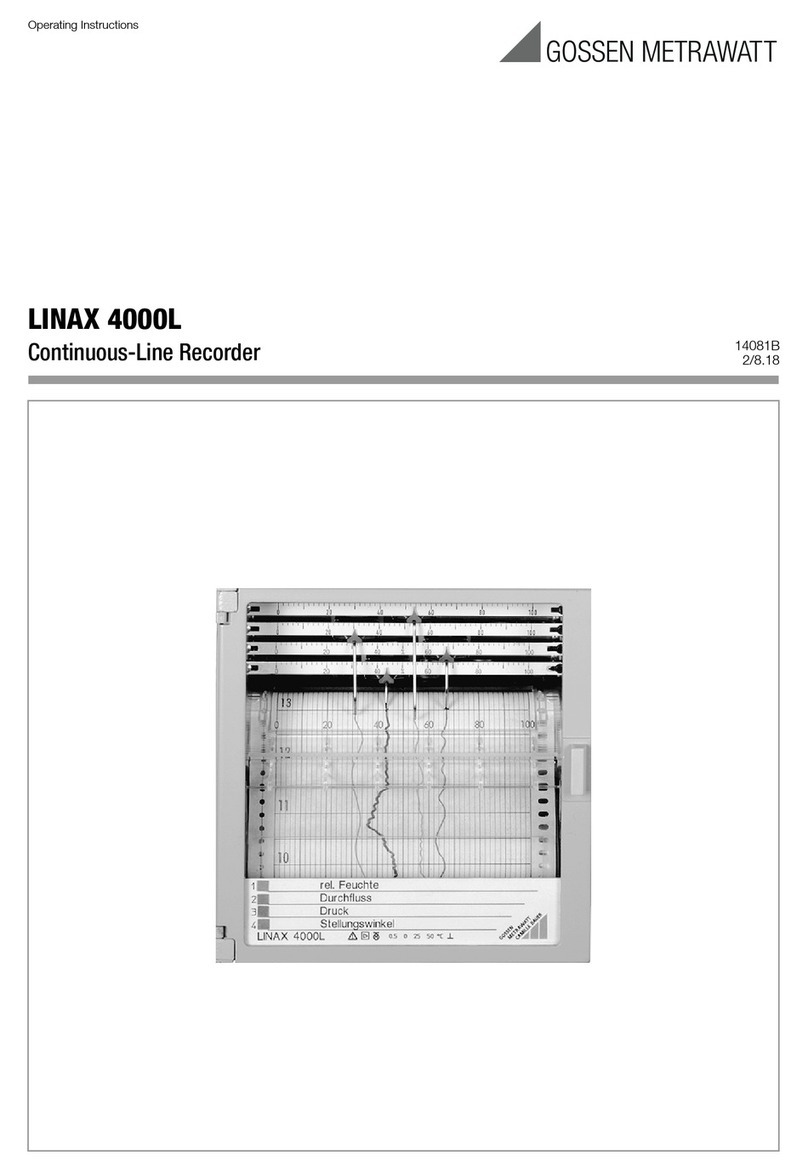
Gossen MetraWatt
Gossen MetraWatt LINAX 4000L operating instructions
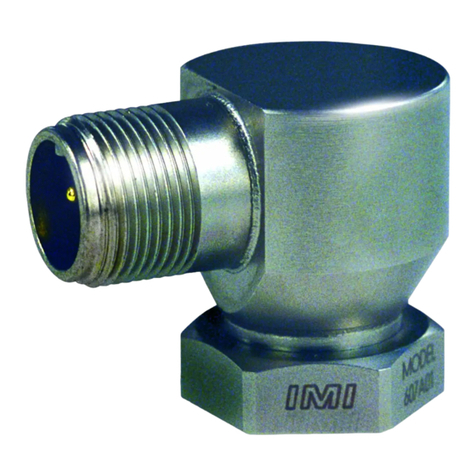
PCB Piezotronics
PCB Piezotronics IMI SENSORS ICP 607A01 Installation and operating manual
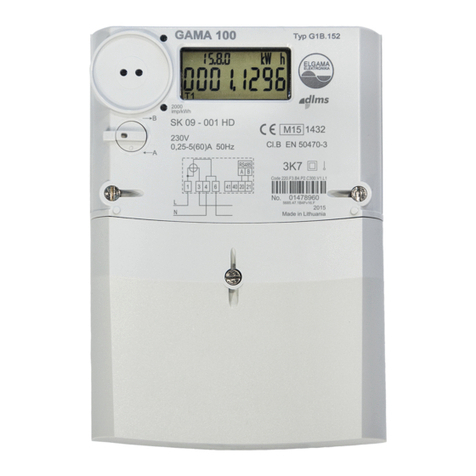
Elgama
Elgama G1B Series user manual

Anritsu
Anritsu VectorStar ME7848A Series Maintenance manual

Omega
Omega FPDM1000 user guide
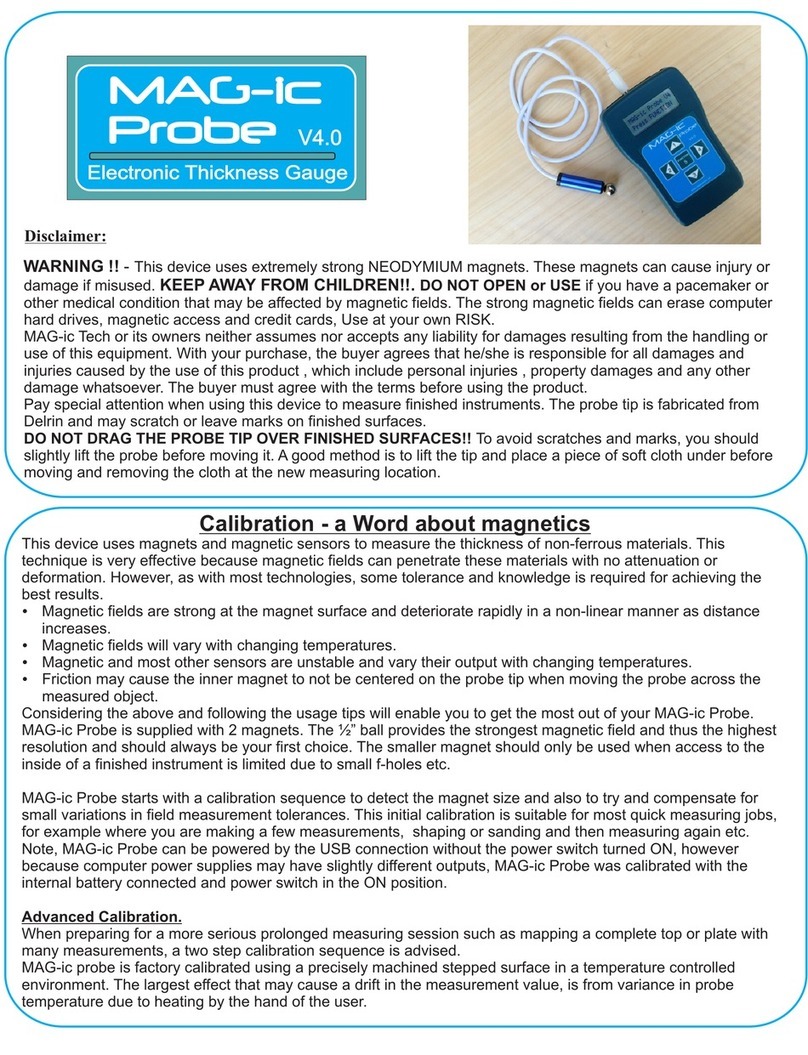
Mag-ic Probe
Mag-ic Probe V4.0 user guide
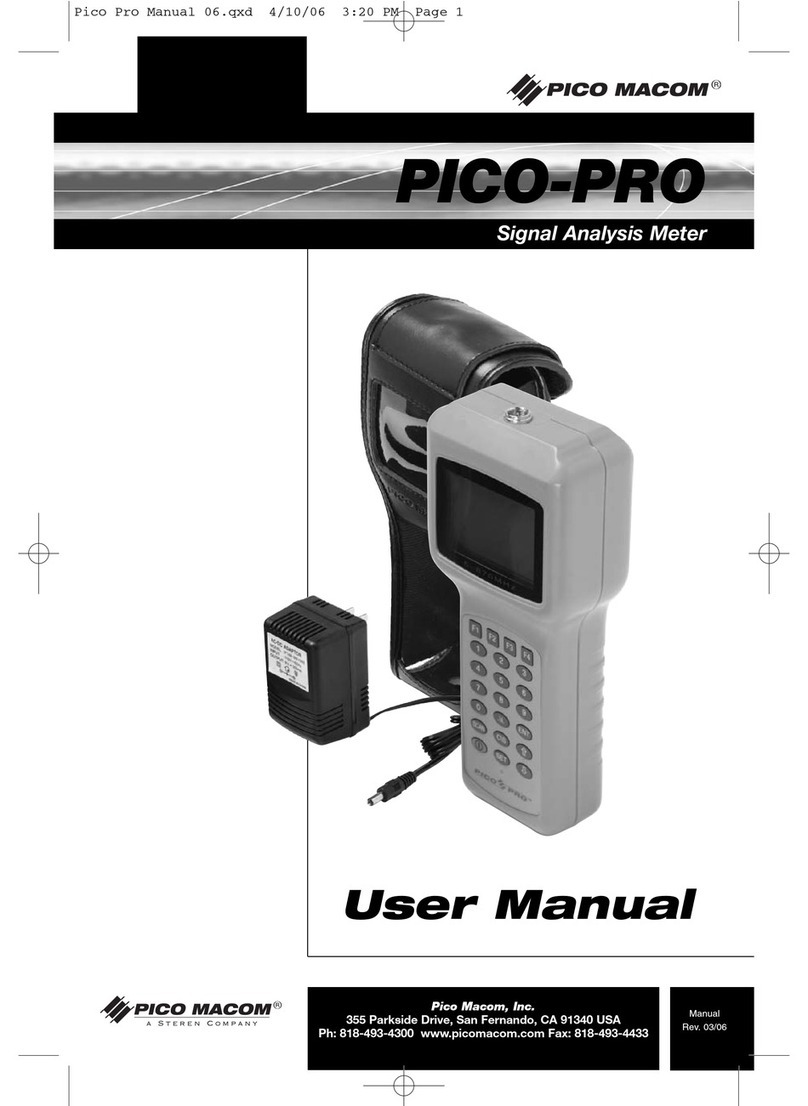
Pico Macom
Pico Macom PICO-PRO user manual
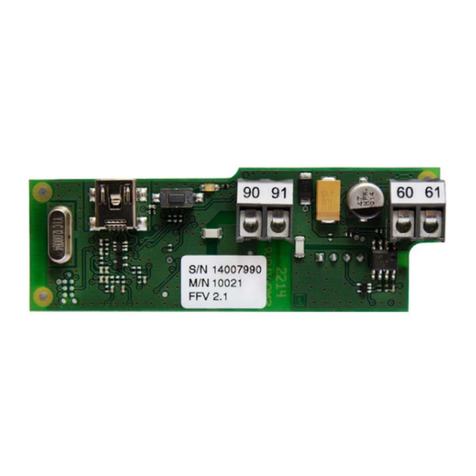
Xylem
Xylem Sensus Modbus RTU user manual
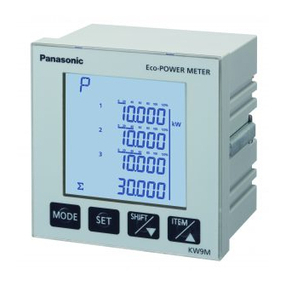
Panasonic
Panasonic KW9M Eco-Power Meter user manual

OHAUS
OHAUS TD52 instruction manual
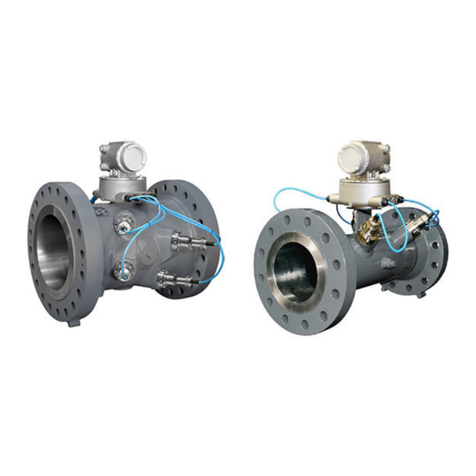
Emerson
Emerson Rosemount 3410 Series Maintenance and troubleshooting manual

Endress+Hauser
Endress+Hauser Proline Promass X 500 FOUNDATION Fieldbus operating instructions
